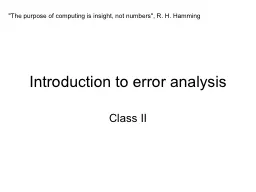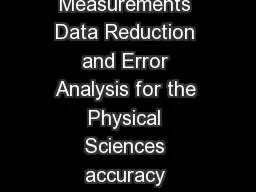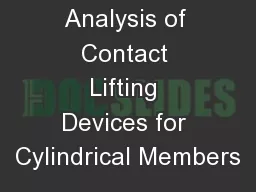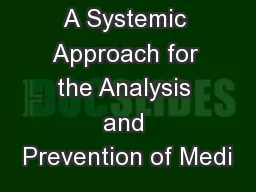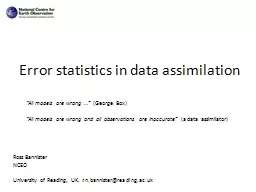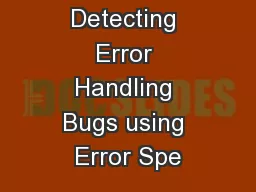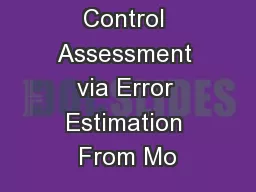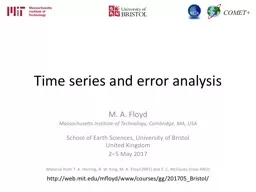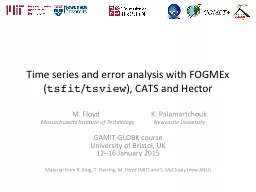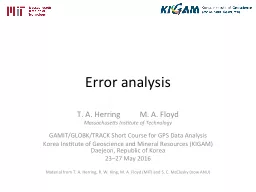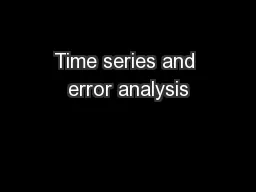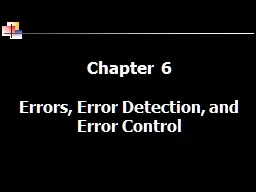PPT-Introduction to error analysis
Author : mitsue-stanley | Published Date : 2018-02-26
Class II The purpose of computing is insight not numbers R H Hamming Last time We discussed what the course is and is not The place of computational science among
Presentation Embed Code
Download Presentation
Download Presentation The PPT/PDF document "Introduction to error analysis" is the property of its rightful owner. Permission is granted to download and print the materials on this website for personal, non-commercial use only, and to display it on your personal computer provided you do not modify the materials and that you retain all copyright notices contained in the materials. By downloading content from our website, you accept the terms of this agreement.
Introduction to error analysis: Transcript
Download Rules Of Document
"Introduction to error analysis"The content belongs to its owner. You may download and print it for personal use, without modification, and keep all copyright notices. By downloading, you agree to these terms.
Related Documents

